#filipino American
Text
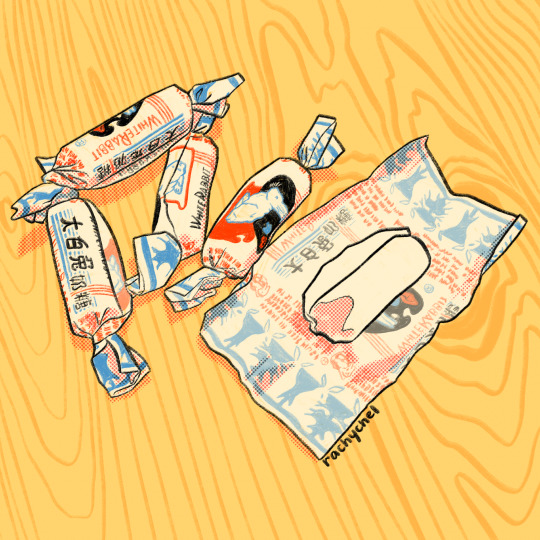
Maysia 2: new year
#maysia#maysia2023#maysia 2023#artph#aapi#aapi heritage month#aapi month#asian american pacific islander heritage month#filipino#filipino american#asian#asian american#digital art#art#my art#artists on tumblr#procreate#drawing#illustration
10K notes
·
View notes
Text
Notes on Empire of Care by Catherine Ceniza Choy
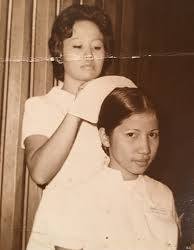
The scapegoating of Filipino nurse immigrants: Filipina Narciso and Lenora Perez are examples of two nurses who were scapegoated.
Filipino nurses with temporary work visas, H-1 visas, were exploited
Mass murder cases involving Filipino nurses included the 1996 Richard Speck massacre. Some of his victims were Filipino nurses and the only survivor was one of these Filipino nurses

The only survivor - Luisa Silverio
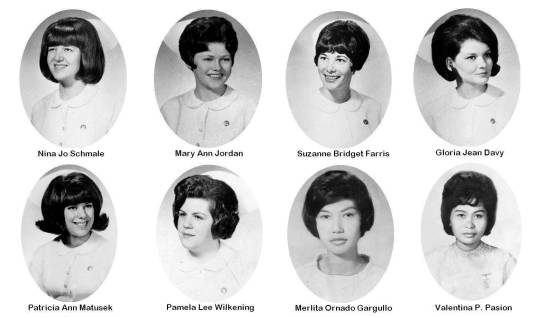
The victims
The 1975 Veterans administration hospital murders that happened in Ann Arbor, Michigan, and involved the previously mentioned nurses Narciso and Perez, bering initially convicted and then later acquitted. They were accused of poisoning and conspiracy
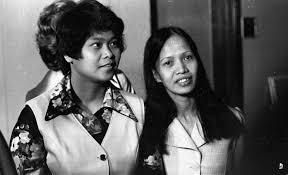
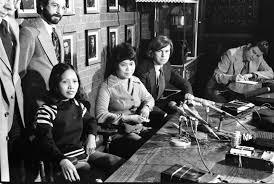
These cases reflect how US imperialism shaped the treatment that was levelled at Filipino nurses
During the late 1970s, Filipino nurse organisations emerged in order to combat the exploitation and discrimination that Filipino nurses faced
There is still a huge gap in the study of Filipino Americans. Quoted from Sucheng Chan's essay on Asian American historiography
"Despite the steady progress in Asian American historical scholarship, significant gaps remain. The most glaring is the absence of book-length studies on Filipino Americans"
American imperialism still shapes the way in which Filipinos - especially Filipino women are perceived
Jesse Ventura, an American politician in his autobiography "I ain't got no time to bleed" reminisces on his days as a Navy Seal stationed in the Philippines.
He talks about being young with a large libido, and how the abundance of Filipino women for him and his comrades to take home relieved that.
He spoke of going through less hurdles when he came to getting a Filipina to sleep with him compared to American women back home. In other words - Filipinas were easy.
This is a reflection of how US imperialism has shaped how the Philippines is viewed.
Filipino women are used in order to portray the Philippines as a feminised, hypersexual, always-willing paradise for the pleasure of Western men.
This depiction of so called "love" between Filipinos and Americans erases the long history of US violence, US domination, the colonial relationship between the US and the Philippines and the history of sexual violence perpetuated against Filipino women. Not to mention the destruction of the environment and spread of disease

US military presence in the Philippines also helped in influencing migration patterns.
By 1970, there were more Filipino men in the US navy than the Philippine navy. This was due to the active recruitment of Filipino men into the US military
Yet another example of how the US imperialist narrative erases truths about history and the lived experiences of Filipinos:
Filipino American organisations had to convince Minnesota legislature to correct a plaque commemorating the Spanish-American war.
The plaque stated that it was honouring the fact that the war was fought to free the Philippines from the tyrannical Spanish
This is unequivocally untrue and rings back to the concepts of American exceptionalism - The US being far more "benevolent" to it's colonies than their European counterparts.
The war was fought in order to defeat the Spanish - not to liberate the Philippines.
The Philippines then fought against the US for independence thereafter
America's so called "forgetfulness" when it comes to Filipino-American history continues to hurt Filipinos.
In particular, Filipino American war Veterans who struggle to fight for their access to veterans benefits.
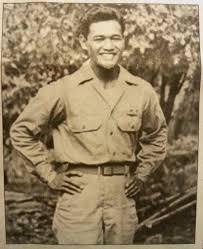

#the philippines#Philippines#Filipino#Filipino history#Philippine history#Pinoy#us imperialism#us colonialism#Us colonisation#U.S imperialism#U.S colonialism#U.S colonisation#American imperialism#American colonialism#American colonisation#Filipino American#Filipino American history#Asian history#South East Asian history#Colonialism#Imperialism#western colonialism#Western imperialism
102 notes
·
View notes
Text
Turning a Barong Tagalog into a filipiniana dress! Here's the progress pics on the fun mesh top Filipiniana I wore yesterday. I'm gonna be making casual butterfly sleeves a THING even if I gotta make them myself 🔥🇵🇭🔥
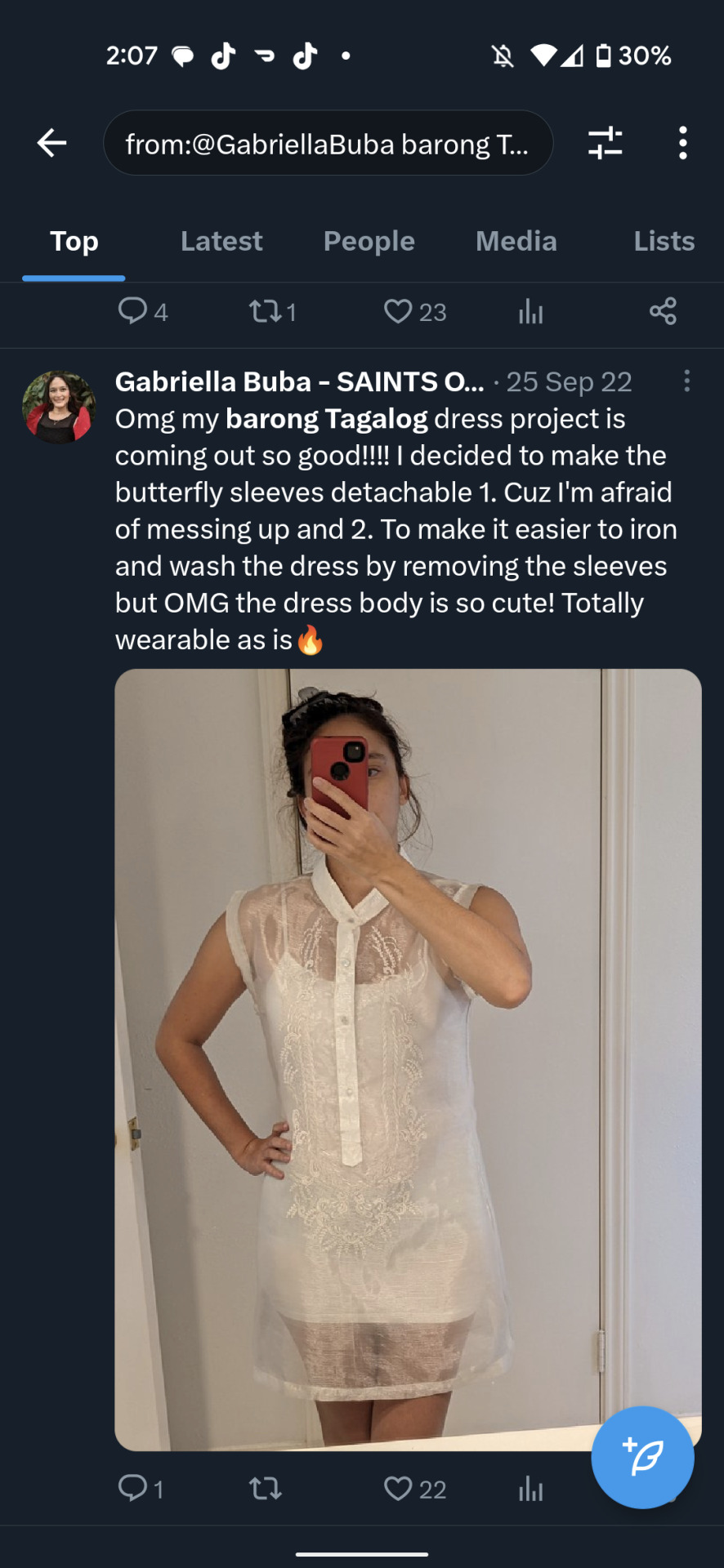

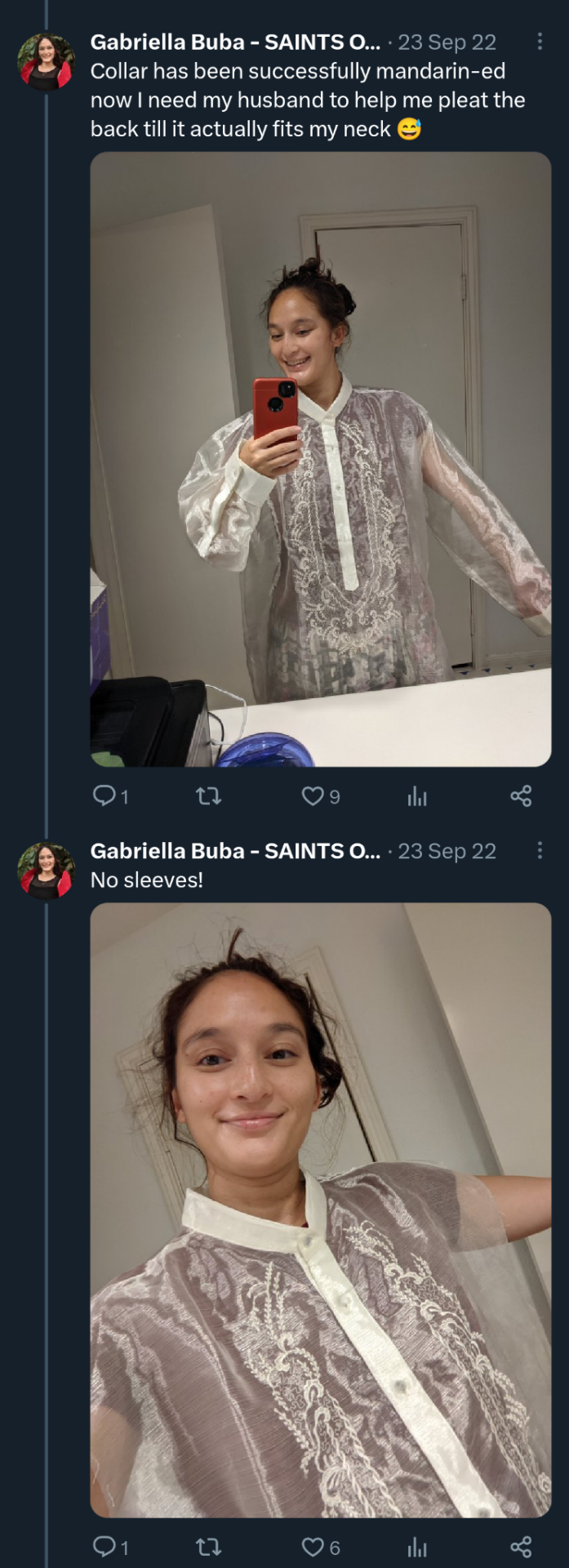
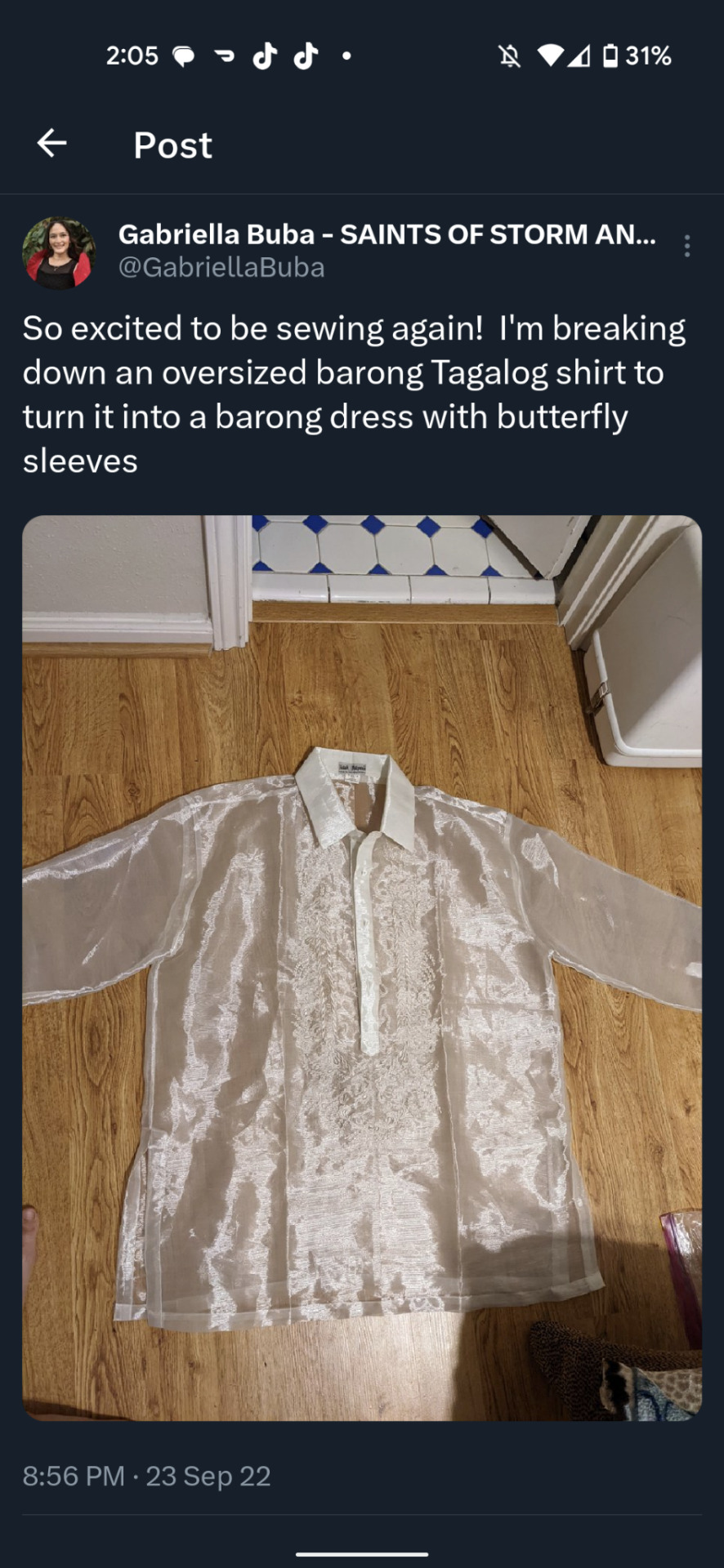

AND FINALLY styling the completed filipiniana for a wedding 🔥
My favorite thing about wearing butterfly sleeves out is it's basically a beacon for other Filipinos to find you and I love all the cool connections I've made 💜🇵🇭💜
#filipino fashion#filipino authors#filipino author#pinoy#filipino American#sewing#traditional clothing#filipiniana#terno#barong tagalog
57 notes
·
View notes
Text
Re blog if you’re a religiously traumatised Filipino I’m trying to see something
#filipino#philippines#philippine culture#filipino culture#filipino american#pinoy#religion#christianity#catholic#Christian#Catholicism#ex catholic#ex christian#religious trauma
108 notes
·
View notes
Text
In the early 1900s, almost 1,000 Filipinos – mostly single men – came to work in Alaska’s commercial fishing industry, a sector that remains the state’s largest private-sector employer. They toiled in fish canneries, where they were often the lowest-paid workers and endured impoverished conditions.
In her 1996 book Filipinos in Alaska, Thelma Buchholdt describes how white workers were housed in heated compounds, while Filipino workers often had to put up with living in cramped, unheated spaces without showers or proper hygiene facilities, and were fed meagre meals of fish and rice.
These Filipino communities became known as “Alaskeros” – a term still used today.
Gabriel Garcia, a Filipino-American associate professor of public health at the University of Alaska Anchorage, explains that these men came to Alaska seeking the opportunity for a better life. “Other Filipinos came to Alaska as seasonal workers from California, Washington, and Hawaii,” he says.
They were US nationals, as the Philippines was an American territory at the time, but they still faced discrimination. Filipinos were not allowed to interact with whites – especially white women.
Native Americans faced similar racism and, as a result, Filipinos and indigenous Alaskans were segregated together.
“They worked together to fight against discrimination,” says E.J.R. David, a Filipino-American professor of psychology and history expert at the University of Alaska Anchorage. “Over time, many Alaskeros and Alaska Natives had children together. They combined Alaska Native and Filipino cultures in raising their families, such as making beaver adobo and salmon lumpia.”
Nez Danguilan, a local Filipino community leader and former television host, says many Alaskans do not even realise they are of partial Filipino heritage until they interact with more recent arrivals from the Philippines.
“I have talked to some of my Alaskan colleagues about food of the Philippines and they say, ‘Wait, my grandpa cooked that’,” Danguilan says.
“Many people also don’t realise that a lot of the Asian food they eat was introduced to Alaska by settler Filipino husbands. That’s why restaurants like Jeepney are so popular … For instance pancit [noodles] or Filipino chow mein – they had been cooking it and didn’t realise its Filipino influence.”
15 notes
·
View notes
Text
art stuff, but the bad kind
In this month's episode of "i am a failure because I don't act like the world is exactly like it was about forty years ago, when my mom was my own age," my mom has thrown my Filipino fantasy writing in my face because I can't speak Tagalog, I haven't been to the Philippines since I was about twelve, and fictional/fantasy writing isn't "REAL writing (worthwhile writing, I'm guessing)" like autobiographies or academic stuff.
She also assumed that the only people who like my stuff are Filipino-Americans like me, so I am yet again wondering why she came here and raised her kids in the States if she doesn't seem to want "Filipino-AMERICAN children" as opposed to "traditional Filipino kids who happen to have an American passport/citizenship."
Like, she's never made it a secret that she thinks the arts are just a hobby and she doesn't know why I like them so much, but CONFIRMING that my art, specifically, fills her with contempt? Just felt like the other shoe of "Filipinos love artists who have already made it and are 'safe' to support, but when it's their own relatives/friends trying to get there, they suddenly have a laundry list of horror stories and scare tactics to get you OUT of the arts" has finally dropped.
23 notes
·
View notes
Text
October was chosen to commemorate the arrival of the first Filipinos who landed in what is now Morro Bay, California on October 18, 1587. It is also the birth month of Filipino American labor leader Larry Itliong.
In California and Hawaii, where many Filipino Americans reside, Filipino American History Month is widely celebrated. Many Filipino American organizations in these states often initiate their own independent celebrations. 2006 was a pivotal year as it marked the centennial celebration of Filipino migration to the United States.
While some used the term Filipino American Heritage Month interchangeably with Filipino American History Month, FANHS cites that the month should be properly focused on "history" instead of "heritage." Whereas history includes the events, experiences, and lives of people and their impact on society, "heritage" is solely about cultural traditions handed down from the past.
Happy Filipino American History Month 🇵🇭
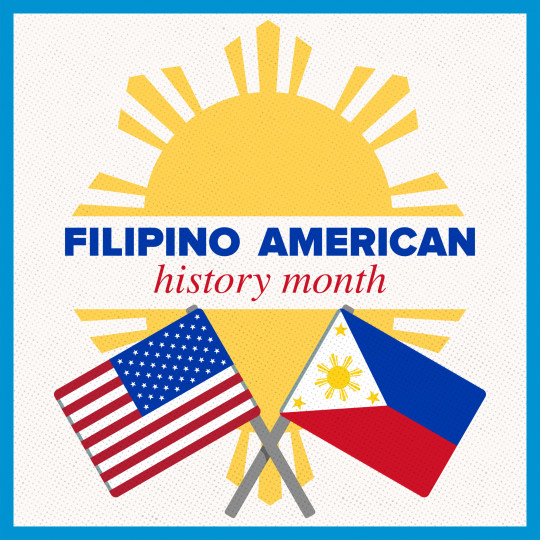



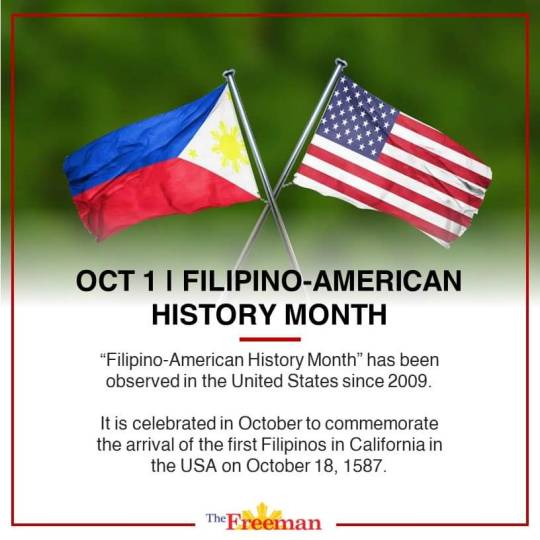
#FilipinoAmericanHistoryMonth #FAHM #Phillippines #FilipinoLife
26 notes
·
View notes
Text
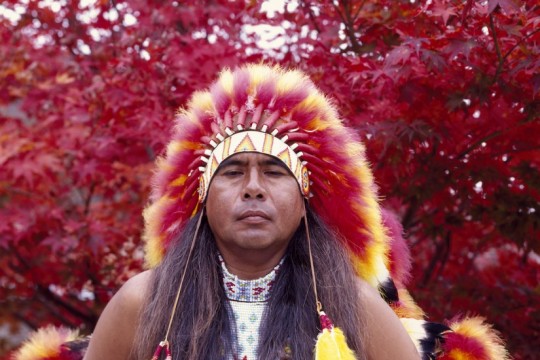
Why Do So Many Americans Think They Have Cherokee Blood?
The history of a myth.
BY GREGORY D. SMITHERS
“I cannot say when I first heard of my Indian blood, but as a boy I heard it spoken of in a general way,” Charles Phelps, a resident of Winston-Salem in North Carolina, told a federal census taker near the beginning of the 20th century. Like many Americans at the time, Phelps had a vague understanding of his Native American ancestry. On one point, however, his memory seemed curiously specific: His Indian identity was a product of his “Cherokee blood.”
The tradition of claiming a Cherokee ancestor continues into the present. Today, more Americans claim descent from at least one Cherokee ancestor than any other Native American group. Across the United States, Americans tell and retell stories of long-lost Cherokee ancestors. These tales of family genealogies become murkier with each passing generation, but like Phelps, contemporary Americans profess their belief despite not being able to point directly to a Cherokee in their family tree.
Recent demographic data reveals the extent to which Americans believe they’re part Cherokee. In 2000, the federal census reported that 729,533 Americans self-identified as Cherokee. By 2010, that number increased, with the Census Bureau reporting that 819,105 Americans claimed at least one Cherokee ancestor. Census data also indicates that the vast majority of people self-identifying as Cherokee—almost 70 percent of respondents—claim they are mixed-race Cherokees.
Why do so many Americans claim to possess “Cherokee blood”? The answer requires us to peel back the layers of Cherokee history and tradition.
Most scholars agree that the Cherokees, an Iroquoian-speaking people, have lived in what is today the Southeastern United States—Virginia, West Virginia, Kentucky, North and South Carolina, Georgia, and Alabama—since at least A.D. 1000. When Europeans first encountered the Cherokees in the mid–16th century, Cherokee people had well-established social and cultural traditions. Cherokee people lived in small towns and belonged to one of seven matrilineal clans. Cherokee women enjoyed great political and social power in the Cherokee society. Not only did a child inherit the clan identity of his or her mother, women oversaw the adoption of captives and other outsiders into the responsibilities of clan membership.

As European colonialism engulfed Cherokee Country during the 17th and 18th centuries, however, Cherokees began altering their social and cultural traditions to better meet the challenges of their times. One important tradition that adapted to new realities was marriage.
The Cherokee tradition of exogamous marriage, or marrying outside of one’s clan, evolved during the 17th and 18th centuries as Cherokees encountered Europeans on a more frequent basis. Some sought to solidify alliances with Europeans through intermarriage.
It is impossible to know the exact number of Cherokees who married Europeans during this period. But we know that Cherokees viewed intermarriage as both a diplomatic tool and as a means of incorporating Europeans into the reciprocal bonds of kinship. Eighteenth-century British traders often sought out Cherokee wives. For the trader, the marriage opened up new markets, with his Cherokee wife providing both companionship and entry access to items such as the deerskins coveted by Europeans. For Cherokees, intermarriage made it possible to secure reliable flows of European goods, such as metal and iron tools, guns, and clothing. The frequency with which the British reported interracial marriages among the Cherokees testifies to the sexual autonomy and political influence that Cherokee women enjoyed. It also gave rise to a mixed-race Cherokee population that appears to have been far larger than the racially mixed populations of neighboring tribes.
Europeans were not the only group of outsiders with which 18th-century Cherokees intermingled. By the early 19th century, a small group of wealthy Cherokees adopted racial slavery, acquiring African slaves from American slave markets. A bit more than 7 percent of Cherokee families owned slaves by the mid-1830s; a small number, but enough to give rise to a now pervasive idea in African culture: descent from a Cherokee ancestor.
In the early 20th century, the descendants of Cherokee slaves related stories of how their African forebears accompanied Cherokees on the forced removals of the 1830s. They also recalled tales of how African and Cherokee people created interracial families. These stories have persisted into the 21st century. The former NFL running back Emmitt Smith believed that he had “Cherokee blood.” After submitting a DNA test as part of his 2010 appearance on NBC’s Who Do You Think You Are, he learned he was mistaken. Among African Americans, as among Americans as a whole, the belief in Cherokee ancestry is more common than actual blood ties.
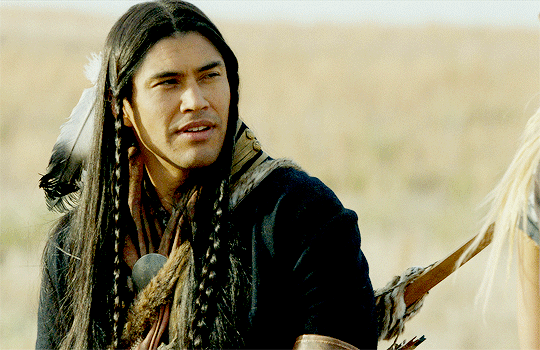
#african#afrakan#kemetic dreams#brownskin#africans#brown skin#afrakans#Ani'-Yun'wiya#tsalagi#Kituwah#cherokee#asian#asians#asian american#stop asian hate#filipino american#asian heritage month#aapi
15 notes
·
View notes
Text
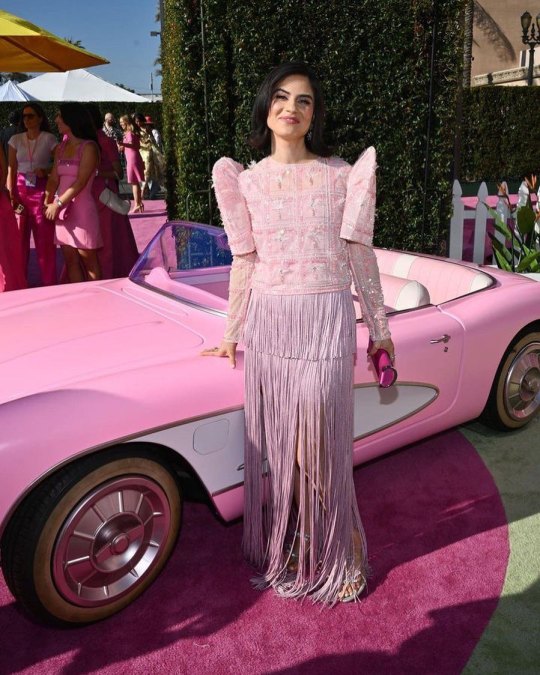


Ana Cruz Kayne at the world premiere of Barbie, in Los Angeles
Wearing a traditional Filipino terno top, designed by Filipino fashion designer Dennis Lustico. Worn with a Hervé Leger metallic fringe gown.
Styled by PJ Pascual:
'Celebrating her Filipino American heritage, Ana Cruz Kayne and I collaborated on an ensemble where the East meets the West. Her custom made beaded butterfly sleeve top represents the Philippines. On the other hand, the fringe dress represents her American roots. Lastly, Pink is Barbie.' X
#ana cruz kayne#fashion#red carpet#barbie#barbie movie#barbie 2023#terno#traditional dress#filipino#pink#color: pink#butterfly sleeves#pink dress#celebrity style#pj pascual#dennis lustico#herve leger#filipino american
32 notes
·
View notes
Text
Just realized that now is the perfect time to share my Spidersona :000
Meet Piper Pascual!


She's a seventeen year old Filipino American, who goes by the name the Spiderling. She's also a Christian, which plays a huge role in her being a vigilante. I'm still working on her powers and backstory, but it's obviously gonna be similar to most Spider-people (BUT I'm considering paralyzing venom from some fancy new spider fangs).
(I'll reblog if I finalize things. I just wanted to share these awesome drawings of the suit I designed)
Art by @oatzams!
#spiderman#spider man#spider man: across the spider verse#spiderverse oc#spider person#spider people#oc stuff#spiderverse fanart#spiderverse#spiderman into the spiderverse#spidersona#spidey#filipino#filipino american
26 notes
·
View notes
Photo
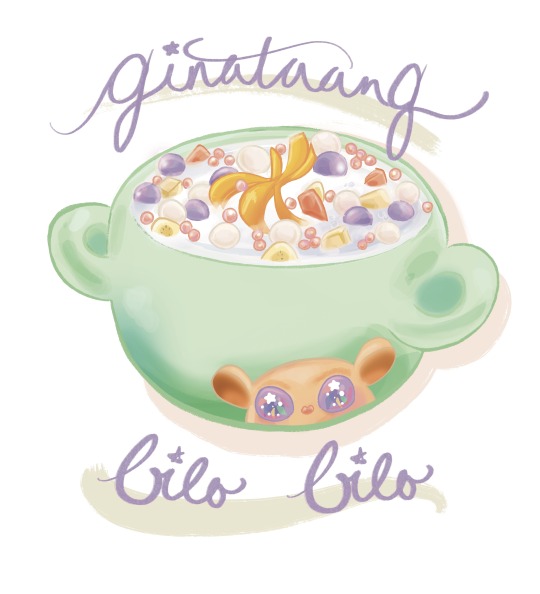
A Filipino childhood dessert favorite 🥥🥣 Ginataang bilo bilo is like a Filipino coconut soup with glutinous rice balls, sago, jackfruit (langka), and sometimes bananas 💛💜 A little creature poking out from the edge of the bowl
#ginataang#ginataang bilo bilo#filipino dessert#coconut cream#coconut dessert#cute desserts#tarsier#filipino american#filipino american artist#filipino artist#asian pacific american heritage month#asian american#asian american art#asian american artists#filipino food#pastel colors#pastel desserts#glutinous rice flour#jackfruit#sago#digital artist#digital art#procreate artist
23 notes
·
View notes
Text

Maysia 1: OOTD/what’s in my bag
Hello everybody look at all this stuff I got❗️
#maysia#maysia2023#maysia 2023#artph#aapi#aapi heritage month#aapi month#asian american pacific islander heritage month#filipino#filipino american#asian#asian american#digital art#procreate#art#my art#artists on tumblr#drawing#illustration
3K notes
·
View notes
Text
Notes on "Empire of Care : Nursing and Migration in Filipino American History"

Filipino nurse migration to the United States is just one aspect of a larger global flow of predominantly female migrants from the Philippines to over 130 countries.
This migration trend contrasts with early Philippine immigration, which consisted mainly of male labourers to the United States

The migration of highly skilled nurses across borders is both a celebratory sign of their training and expertise but also highlights global power dynamics, where nurses from countries with severe nursing shortages migrate to provide care in highly developed countries like the United States, Canada, and the United Kingdom.
Despite the important role of Filipino nurse migrants, little is known about their development and experiences.
Existing studies often group Filipino nurse migrants with other Asian professional migrants, which masks the unique aspects of their migration.
These studies often explain Filipino nurse migration through U.S. immigration legislation and economic opportunities, such as the 1965 U.S. Immigration Act and nursing shortages after World War II.
The "brain drain" theory is commonly used to explain professional migration from Asian countries, suggesting that professionals leave due to a lack of opportunities and economic incentives in their home countries.
Filipino nurse migrants are sometimes depicted as impersonal objects of study, preventing a comprehensive understanding of their multidimensional roles as historical agents, professionals, women, and immigrants.
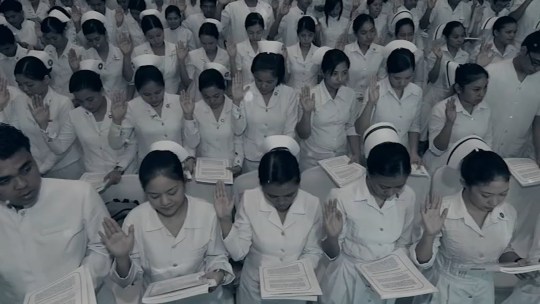
The migration of highly skilled nurses reflects a global power structure where countries with nursing shortages, including the Philippines, send nurses to provide professional nursing care in highly developed countries like the United States, Canada, and the United Kingdom. The World Health Organization (WHO) report highlights the inequitable distribution of nurses worldwide, with developing countries having only 15 percent of the world's nurses despite housing two-thirds of the world's population (Empire of Care).
The culture of migration, shaped by narratives about the promise of immigration to the United States, including media portrayals and experiences shared by Filipino nurse migrants already in the U.S, plays a significant role in motivating Filipino nurses to seek opportunities abroad.
U.S. hospital recruiters actively collaborate with Philippine travel and recruitment agencies to aggressively recruit Filipino nurses, shedding light on what some researchers call the "institutionalisation of migration." However, these aspects are often overlooked in research, leaving a "critical void" in understanding the dynamics of Filipino nurse migration.
The lack of study about the exploitation faced by Filipino nurses from both Philippine and American recruiters and their American hospital employers is concerning. Additionally, the scapegoating of Filipino immigrants during challenging political times and the absence of professional solidarity between Filipino and American nurses remain underexplored issues.
The studies that include Filipino nurse migrants also marginalise and simplify the complex and dynamic history of the colonial relationship between the United States and the Philippines.
Pervasive myths of U.S. exceptionalism and benevolence persist and influence the perception of colonial history, downplaying the violent conquest of the Philippines and the racialized hierarchies it created. These myths are also perpetuated in contemporary times through media narratives about immigration and the incorporation of the "Third World" into the United States.
Despite their highly educated and skilled backgrounds, professional Asian immigrants, including Filipino nurses, still face resentment and hostility, as exemplified by the case of nuclear physicist Wen Ho Lee.

Foreign nurses, especially Filipino nurses, have been criticised for "taking jobs" from American nurses, leading to debates about their immigration and examination requirements. This criticism often overlooks the complex factors involved in Filipino nurse migration and the collaboration between Philippine and U.S. entities in facilitating the process. It also implies that Filipino nurses exploit the United States, rather than the reality of the situation (the United States exploiting Filipino nurses).
The history of U.S. colonialism in the Philippines perpetuated the interrelated myths of "white love" and "little brown brothers." These myths claimed that Americans embraced their colonial subjects with benevolence and enlightened American systems of education, infrastructure, and public health. Not only does this further promote the myths of American benevolence and American exceptionalism , it portrays Americans as superior to their Filipino counterparts in a racialised hierarchy.
American Exceptionalism in this context means Americans juxtaposing themselves against their "Brutal, European counterparts" in order to paint themselves as a benevolent force in the Philippines.
#Empire of care#Philippines#the philippines#Filipino history#filipino american#Pinoy#Filipino#Filipina#us colonialism#us imperialism#US exceptionalism#Colonialism#Colonial history#History#Asian history#American history#Books#My books#Personal#🇵🇭#Swagapino#I shuddered upon typing “little brown brothers” and “white love” LMAOOO#Started this last night and finished it like 10 mins ago#I also laughed upon reading that American nurse complaining about Filipino nurses implying that Filipinas were exploiting the US#The audacity
94 notes
·
View notes
Photo

At nearly seven feet tall, this “poem-picture” greets you as you turn the corner to Oscar yi Hou: East of sun, west of moon.
This work portrays a friend of Oscar yi Hou’s, a queer Filipino American, whose recent citizenship is implied through the shadow the subject casts against the backdrop of the American flag. The text on the red stripes appropriates the welcome letter that the subject received from the U.S. president upon naturalization. By replacing the word “America” with “Empire,” the painting alludes to the history of American imperialism and ‘nation-building’ in transpacific regions, which has impacted the sitter’s country of birth.
See this work as part of Oscar yi Hou: East of sun, west of moon on the fourth floor. #OscaryiHouBkM
🎨 Oscar yi Hou (born Liverpool, UK, 1998). Old Gloried Hole, aka: Ends of Empire, 2022. Oil, gouache on canvas, 83 × 44 in. (210.8 × 111.8 cm). Courtesy of the artist and James Fuentes, New York. © Oscar yi Hou. (Photo: Jason Mandella, courtesy of James Fuentes LLC) → Installation view, Oscar yi Hou: East of sun, west of moon, October 14, 2022 - September 17, 2023. Brooklyn Museum. (Photo: Danny Perez)
#Brooklyn Museum#OscaryiHouBkM#Oscar yi Hou#art#painting#museum#exhibition#artist#New York City#nyc#lgbtq+#asian american#filipino american
38 notes
·
View notes
Note
Kumusta! First off, I'd just like to say you're a super big inspiration when it comes to learning about Filipino culture! It's cool to see someone in a similar position be able to accomplish a bunch and all of your resources have been super helpful. If you don't mind me asking, would you mind sharing what your process with learning Tagalog was like when you first started out? For example, how did you start out learning vocab or other skills? (sorry, i know this a super basic question)
Kumusta! Salamat sa tanong mo. The process went like this:
Basic grammar using text books and YouTube videos.
Vocabulary via constant reading & listening. I used fan fiction, songs, YouTube videos, shows etc. For the first 2-3 months I did not understand more than a few words but if you persevere you’ll see slow but rewarding progress.
I wrote down & repeated aloud words that would frequently be used. More importantly I wrote them with context; I used the words in sentences, not just in isolation.
As for “other skills”, I’m not sure what you mean exactly but I hope this can help you:
Speaking - I talk to myself a lot lol. I also talk to my Filipino friends
Writing - I wrote about my everyday life & thoughts in a journal using Tagalog & I texted my filo friends.
In summary:
learn basic grammar then focus on input; reading & listening.
Use methods you enjoy by incorporating your hobbies into language learning like how I used fanfiction and music.
Keep in mind the context of each word/ phrase
Bonus: know the context you want to use Tagalog/ your target language in because this will affect what vocab you need to learn. For example if you want to use Tagalog in a casual setting, you will need to take on a very different approach than a learner who wants to use Tagalog for work/business.
#filipino#philippines#philippine culture#filipino american#pinoy#tagalog#learning tagalog#filipino language
39 notes
·
View notes
Text
“While a number of historians have studied St. Malo and its inhabitants, documents about the site are scarce. Academics often cite an 1883 Harper’s Weekly article by journalist Lafcadio Hearn, who traveled to the site in search of the Filipino settlers.
Hearn described an eerie trip through the marsh that led to a hidden village of ‘fantastic houses … poised upon slender supports above the marsh, like cranes or bitterns watching for scaly prey.’
The ‘cinnamon-colored’ inhabitants were ‘strange, wild, picturesque,’ he wrote, noting that they often sent money home to ‘aid friends in emigrating.’ An illustrator named J.O. Davidson who traveled with Hearn sketched mysterious houses and swarthy men. His drawings were later made into engravings for the article and are now the only images of St. Malo that exist.”

Composite of five wood engravings of drawings by Charles Graham after sketches by J.O. Davidson, from the 1883 Harper's Weekly article by Lafcadio Hearn. Library of Congress.
14 notes
·
View notes